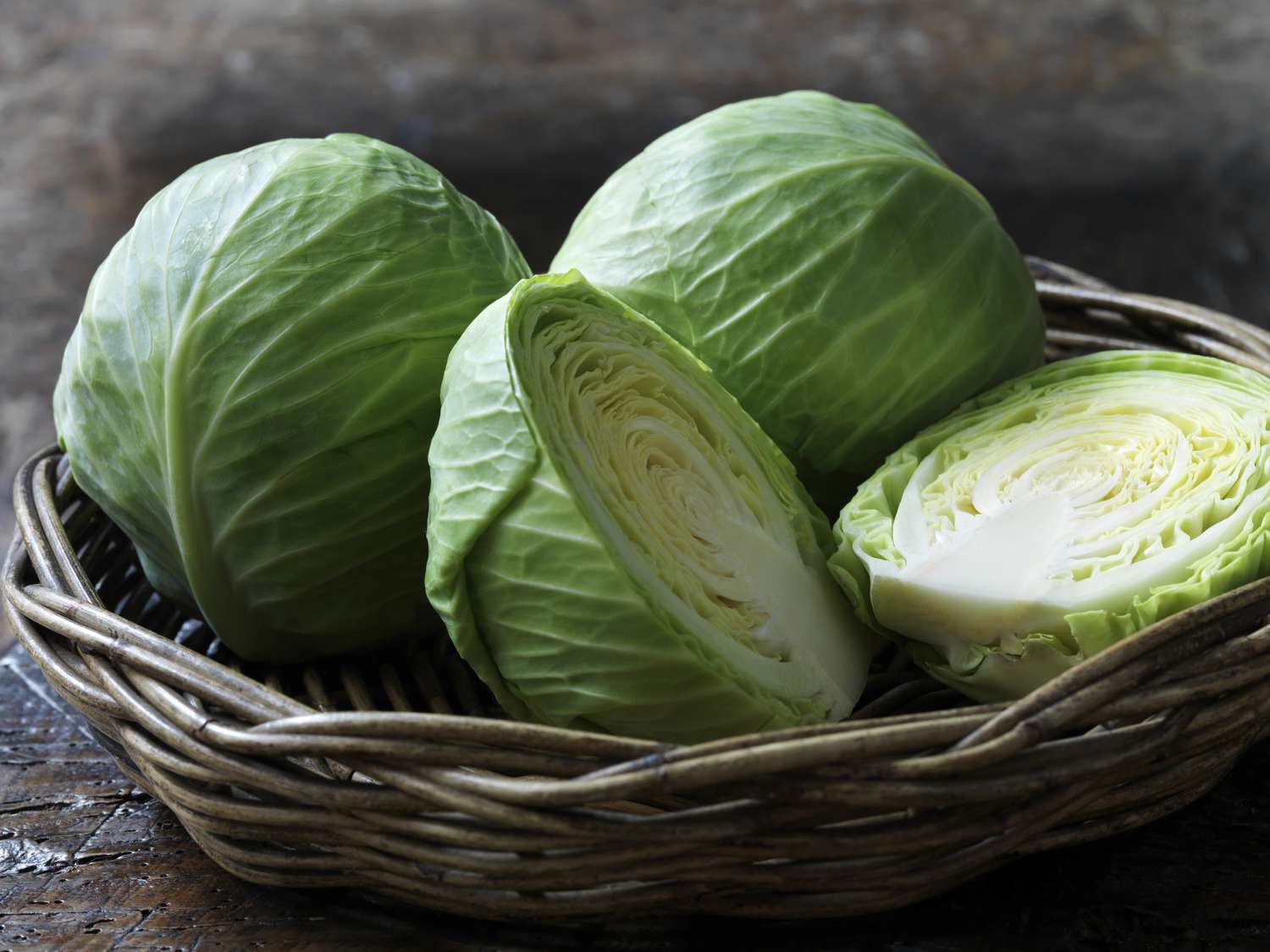

Articles
How To Store Green Cabbage
Modified: August 16, 2024
Learn how to store green cabbage to keep it fresh and crisp for longer. Read our informative articles on cabbage storage techniques.
(Many of the links in this article redirect to a specific reviewed product. Your purchase of these products through affiliate links helps to generate commission for Storables.com, at no extra cost. Learn more)
Introduction
Welcome to our comprehensive guide on how to store green cabbage. Cabbage is a versatile and nutritious vegetable, packed with vitamins and fiber. Whether you’re growing cabbage in your garden or buying it from a local market, knowing how to store it properly can extend its shelf life and ensure that you have fresh cabbage available for your cooking needs.
Proper storage of green cabbage is important to maintain its freshness, texture, and flavor. This article will outline the benefits of storing green cabbage, provide tips on choosing the right cabbage for storage, and offer various methods for storing cabbage, including in the refrigerator, root cellar, and freezer. We will also cover how to store cut cabbage and share some helpful tips for maintaining its freshness.
By following the advice in this article, you can prolong the storage life of green cabbage and avoid waste. Whether you plan to use it for coleslaw, sautéed cabbage, salad, or any other delicious recipes, having fresh and flavorful cabbage on hand will enhance your culinary experiences.
Key Takeaways:
- Proper storage of green cabbage extends its shelf life, saves money, and ensures accessible nutrients for meal planning and culinary creations.
- Choosing the right cabbage, preparing it properly, and utilizing various storage methods are essential for maintaining the freshness and flavor of green cabbage.
Read more: How To Store Cabbage In The Refrigerator
Benefits of Storing Green Cabbage
Storing green cabbage properly offers several benefits, both in terms of convenience and nutrition. Here are a few key advantages of storing green cabbage:
- Extended Shelf Life: Proper storage methods can help prolong the shelf life of green cabbage, allowing you to enjoy it over an extended period.
- Cost Savings: Storing cabbage allows you to buy in bulk or take advantage of seasonal deals, saving you money in the long run.
- Accessible Nutrients: Green cabbage is rich in essential nutrients like vitamin C, vitamin K, and fiber. Storing it properly helps retain these nutrients, ensuring you get the most out of your cabbage.
- Meal Planning: Having stored cabbage handy means you can easily incorporate it into your meal planning and recipes, adding freshness and nutritional value to your dishes.
By understanding the benefits of storing green cabbage, you can make the most of this versatile vegetable and enjoy its nutritional benefits throughout the year.
Choosing the Right Cabbage
When it comes to storing green cabbage, selecting the right cabbage is crucial for successful storage. Here are some tips to help you choose the right cabbage for storing:
- Freshness: Look for cabbage heads that are firm and dense. Avoid cabbages that have wilted or damaged outer leaves.
- Size: Consider the size of the cabbage head. Smaller heads tend to have a longer shelf life than larger ones.
- Color: Opt for green cabbage heads with vibrant and crisp-looking leaves. Avoid cabbages with discolored, yellowing, or browning leaves, as these may indicate age or improper storage.
- Weight: Heft the cabbage in your hand. Choose a cabbage head that feels heavy for its size, as this indicates freshness.
- Avoiding Pests and Disease: Examine the cabbage for any signs of pest infestation or disease. Look for visible damage, holes, or signs of decay.
By selecting a fresh and healthy cabbage, you set the stage for successful storage and ultimately enjoy delicious and nutritious cabbage in your meals.
Preparing Cabbage for Storage
Before storing green cabbage, it’s important to properly prepare it to ensure optimal storage conditions. Follow these steps to prepare cabbage for storage:
- Cleaning: Start by removing any outer leaves that are damaged or wilted. Rinse the cabbage head under cool running water to remove any dirt or debris. Pat it dry with a clean cloth or paper towel.
- Trimming: Trim the stem end of the cabbage with a sharp knife, removing any rough or discolored parts. Be sure to leave the core intact, as it helps keep the cabbage head sturdy during storage.
- Segmenting for Convenience: If you prefer, you can segment the cabbage into smaller pieces for easier handling and use. Cut the cabbage head into quarters or wedges, making sure each segment has some core attached.
Once you have prepared the cabbage, you are now ready to explore the various storage methods to keep it fresh for longer periods.
Storage Methods for Green Cabbage
When it comes to storing green cabbage, there are various methods to choose from depending on your needs and available resources. Here are three common storage methods for green cabbage:
- Storing Cabbage in the Refrigerator: The refrigerator is the most common method for short-term storage of cabbage. Place the whole cabbage head or segmented pieces in a perforated plastic bag to maintain humidity. Store it in the vegetable crisper drawer, where the temperature is cooler, ideally at around 32 to 40 degrees Fahrenheit (0 to 4 degrees Celsius). Cabbage stored in the refrigerator can last for up to a few weeks.
- Storing Cabbage in the Root Cellar: If you have access to a root cellar or a cool, dark, and well-ventilated space, this method is ideal for long-term storage. Wrap the whole cabbage head in newspaper or store it in a mesh or burlap bag to protect it from moisture and light. Place the cabbage in a cool spot with a temperature of around 32 to 40 degrees Fahrenheit (0 to 4 degrees Celsius) and a humidity level of 90-95%. Cabbage stored in a root cellar can last for several months.
- Freezing Cabbage for Long-term Storage: Freezing cabbage is an excellent option if you want to store it for an extended period. Start by blanching the cabbage in boiling water for about 2 minutes, then immediately immerse it in ice water to cool and stop the cooking process. Drain the cabbage well and pack it into airtight freezer bags or containers. Label the bags with the date and store them in the freezer. Frozen cabbage can last for up to 8 to 12 months.
Choose the storage method that best suits your needs and resources to ensure that your green cabbage stays fresh and maintains its flavor and nutritional value.
Read more: How To Store Purple Cabbage
Storing Cabbage in the Refrigerator
The refrigerator is the most common method for short-term storage of green cabbage. Follow these steps to store cabbage in the refrigerator:
- Preparation: Clean the cabbage by removing any damaged or wilted outer leaves. Rinse the cabbage under cool running water to remove dirt and debris. Pat it dry with a clean cloth or paper towel.
- Bagging: Place the whole cabbage head or segmented pieces in a perforated plastic bag. The perforations allow for proper airflow while maintaining humidity.
- Storage: Store the cabbage in the vegetable crisper drawer or the coldest part of your refrigerator. The ideal temperature for cabbage storage is around 32 to 40 degrees Fahrenheit (0 to 4 degrees Celsius).
- Checking: Periodically check the cabbage for any signs of spoilage, such as mold or rot. Remove any spoiled portions immediately to prevent it from spreading to the rest of the cabbage.
When stored properly in the refrigerator, green cabbage can last for up to a few weeks, retaining its freshness and nutritional value. Remember to use the cabbage before it starts to wilt or show signs of spoilage.
Storing cabbage in the refrigerator provides convenient access to fresh cabbage for use in salads, stir-fries, soups, and other recipes. Utilizing the refrigerator allows you to have cabbage readily available for your culinary creations.
Store green cabbage in the crisper drawer of the refrigerator, wrapped in a damp paper towel and placed in a plastic bag. This will help keep it fresh for up to two weeks.
Storing Cabbage in the Root Cellar
If you have access to a root cellar or a cool, dark, and well-ventilated space, storing green cabbage in a root cellar is an excellent method for long-term storage. Follow these steps to store cabbage in a root cellar:
- Preparation: Clean the cabbage by removing any damaged or wilted outer leaves. Rinse the cabbage under cool running water to remove dirt and debris. Pat it dry with a clean cloth or paper towel.
- Wrapping: Wrap the whole cabbage head in newspaper or store it in a mesh or burlap bag. This helps protect the cabbage from moisture and light exposure.
- Location: Choose a cool spot in the root cellar with a temperature of around 32 to 40 degrees Fahrenheit (0 to 4 degrees Celsius). Ensure that the humidity level is between 90-95% to prevent the cabbage from drying out.
- Storage: Place the wrapped cabbage in the chosen spot in the root cellar, making sure to leave some space around it for proper ventilation.
- Monitoring: Regularly check the cabbage for any signs of spoilage. Remove any damaged or rotting portions immediately to prevent deterioration of the rest of the cabbage.
When stored correctly in a root cellar, green cabbage can last for several months, allowing you to enjoy fresh cabbage even during the winter months when fresh produce is scarce.
Storing cabbage in a root cellar not only provides a long-term storage solution but also enhances the natural flavor and texture of the cabbage. It’s an excellent option for those who have access to this type of storage space.
Freezing Cabbage for Long-term Storage
If you want to store green cabbage for an extended period, freezing is a great option. Freezing cabbage helps preserve its freshness and nutritional value. Follow these steps to freeze cabbage:
- Preparation: Clean the cabbage by removing any damaged or wilted outer leaves. Rinse the cabbage under cool running water to remove dirt and debris. Pat it dry with a clean cloth or paper towel.
- Blanching: Blanching the cabbage helps maintain its color, texture, and nutrient content. Start by bringing a large pot of water to a boil. Submerge the whole cabbage head or segmented pieces in the boiling water for about 2 minutes.
- Cooling: After blanching, immediately transfer the cabbage to a bowl of ice water to cool and stop the cooking process. This helps preserve the crispness of the cabbage.
- Drain and Pack: Drain the cabbage well, ensuring that it is completely dry. Pack the cabbage into airtight freezer bags or containers. Squeeze out as much air as possible from the bags before sealing them.
- Label and Freeze: Label the freezer bags or containers with the date of freezing. Place the cabbage in the freezer and ensure they are stored in a single layer initially until fully frozen. Once frozen, you can stack them to save space.
Frozen cabbage can last for up to 8 to 12 months in the freezer. It is important to note that frozen cabbage may lose some of its crispness and texture but is still suitable for cooking in soups, stews, stir-fries, and other dishes where texture is less critical.
Freezing cabbage enables you to enjoy the taste and nutritional benefits of cabbage throughout the year, even when it’s out of season. It’s a convenient way to store surplus cabbage or take advantage of sales and deals on fresh cabbage.
Storing Cut Cabbage
If you have leftover cut cabbage that you want to store for later use, follow these steps to keep it fresh:
- Wrap: Place the cut cabbage in a resealable plastic bag or an airtight container. Ensure that the bag or container is tightly sealed to prevent air from entering.
- Refrigerate: Store the wrapped or sealed cut cabbage in the refrigerator. The cool temperature will help slow down the deterioration process.
- Usage: Use the cut cabbage within a few days to maintain its freshness and texture. As time goes on, the cabbage may start to wilt and lose its crispness.
When storing cut cabbage, it’s important to note that it can deteriorate more quickly than whole cabbage. To minimize waste, try to cut only what you need from the cabbage, leaving the rest intact for longer storage.
Storing cut cabbage allows you to have it readily available for salads, coleslaw, stir-fries, and other recipes, saving you time and effort in the kitchen.
Read more: How To Store Chopped Cabbage
Tips for Maintaining Freshness
To ensure the freshness and quality of your stored green cabbage, here are some helpful tips to follow:
- Do not wash before storing: It’s best to store cabbage without washing it beforehand. Washing can introduce moisture, which can promote spoilage.
- Store away from ethylene-producing fruits: Keep cabbage away from ethylene-producing fruits like apples, bananas, and tomatoes, as they can accelerate the ripening and deterioration of cabbage.
- Check and remove spoiled parts: Regularly inspect the stored cabbage for any signs of spoilage, such as mold or rot. If you notice any spoiled portions, remove them immediately to prevent further deterioration.
- Avoid exposure to light: Keep cabbage away from direct light, as it can cause the leaves to yellow and affect the overall quality.
- Handle with care: When handling cabbage, be gentle to avoid bruising or damaging the leaves. Bruised cabbage is more prone to spoilage.
- Store individual leaves: If you only need a few leaves at a time, store the remaining cabbage head by wrapping each leaf individually in paper or placing them in a resealable bag. This makes it easier to grab what you need without exposing the entire cabbage to air.
- Rotate your stock: If you have multiple cabbage heads, make sure to use the older ones first to prevent spoilage and food waste.
Following these tips will help you maintain the freshness and quality of your stored cabbage, ensuring that you have delicious and nutritious cabbage for your meals.
Conclusion
Proper storage of green cabbage is essential to maintain its freshness, flavor, and nutritional value. By following the tips and techniques provided in this guide, you can extend the shelf life of cabbage and avoid waste. Whether you choose to store cabbage in the refrigerator, a root cellar, or the freezer, each method offers its own advantages for short-term and long-term storage needs.
Storing cabbage in the refrigerator provides convenience and accessibility, allowing you to have fresh cabbage readily available for your everyday cooking. The root cellar method is ideal for those with access to a cool, dark, and ventilated space, offering long-term storage that preserves the cabbage’s natural flavors and textures. Freezing cabbage is an excellent option for prolonging its storage life and making it available for months beyond the growing season.
Remember to select high-quality cabbage, prepare it properly, and follow the recommended storage methods. Additionally, implementing tips for maintaining freshness, such as avoiding moisture, checking for spoilage, and handling with care, will help maximize the longevity and quality of your stored cabbage.
Whether you’re a cabbage lover or simply want to make the most of your cabbage harvest or grocery purchase, proper storage will ensure that you can enjoy fresh and delicious cabbage in your meals whenever you desire. So, stock up on cabbage, store it correctly, and get ready to add this versatile vegetable to your culinary creations all year round!
Frequently Asked Questions about How To Store Green Cabbage
Was this page helpful?
At Storables.com, we guarantee accurate and reliable information. Our content, validated by Expert Board Contributors, is crafted following stringent Editorial Policies. We're committed to providing you with well-researched, expert-backed insights for all your informational needs.
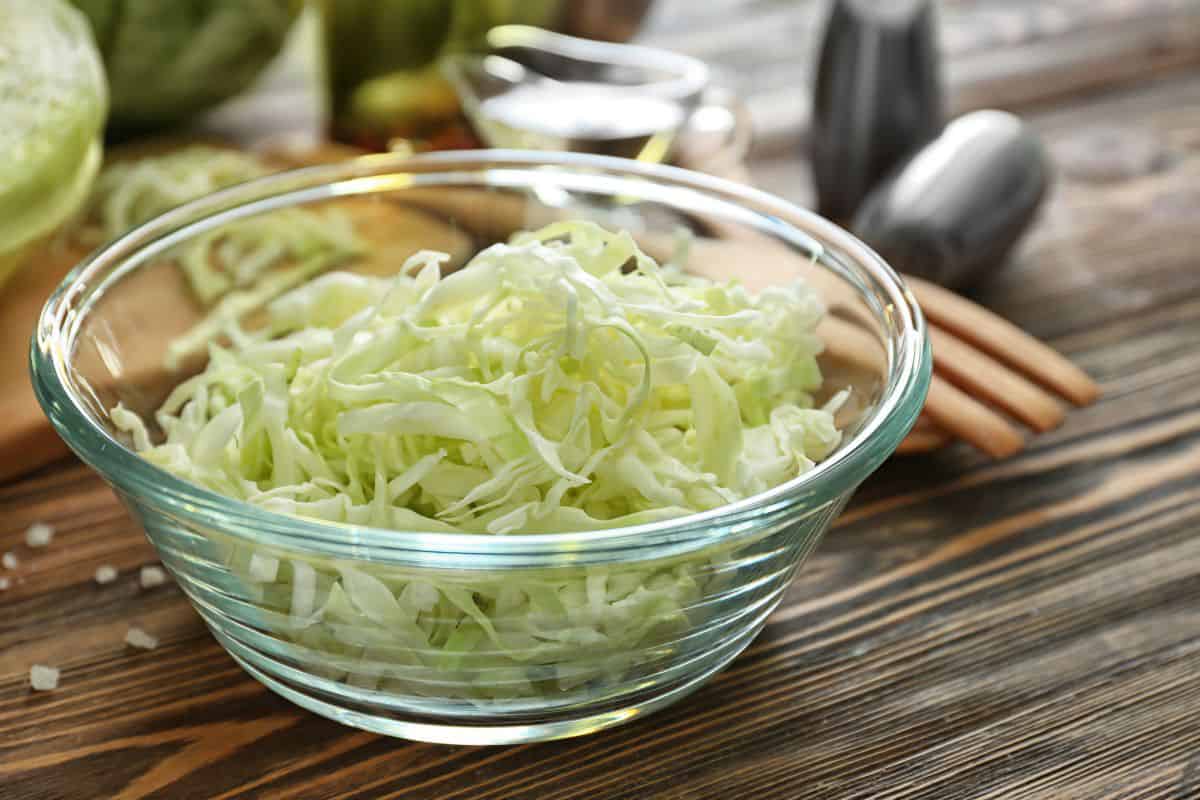
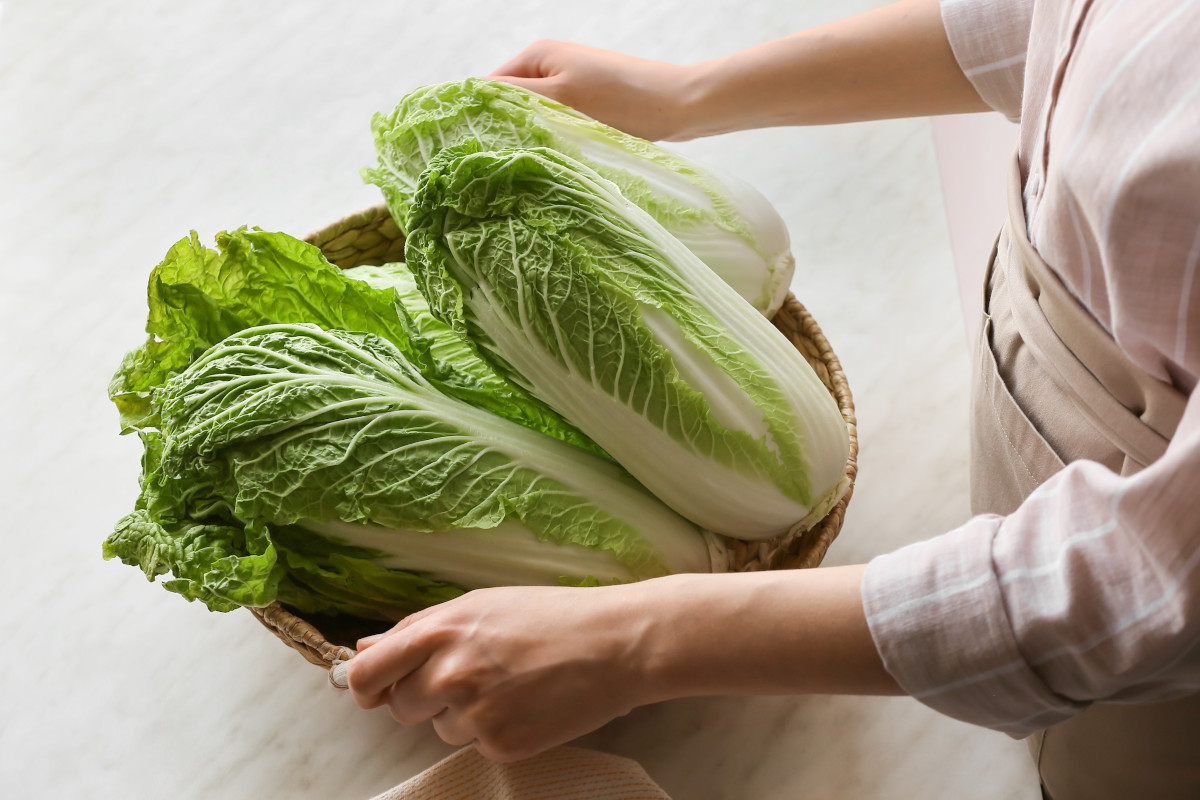
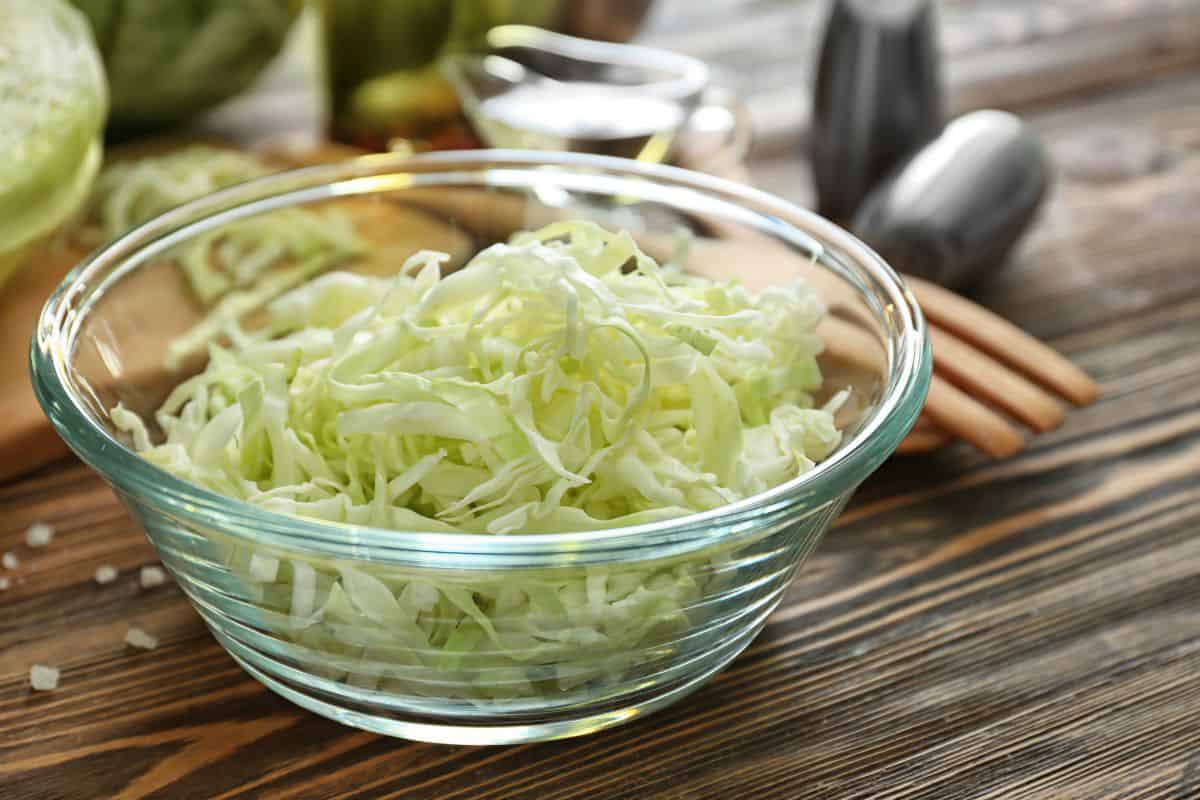
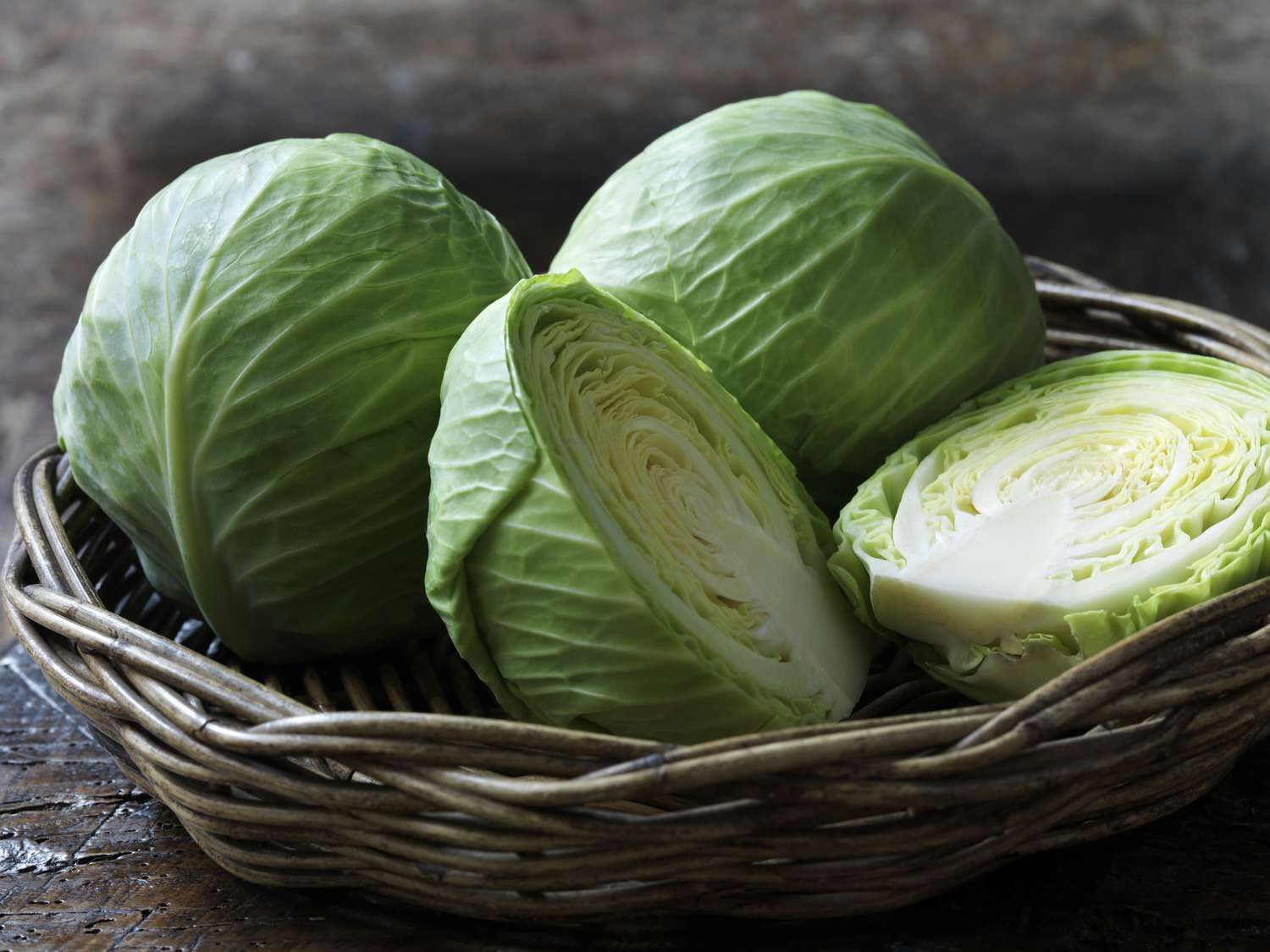
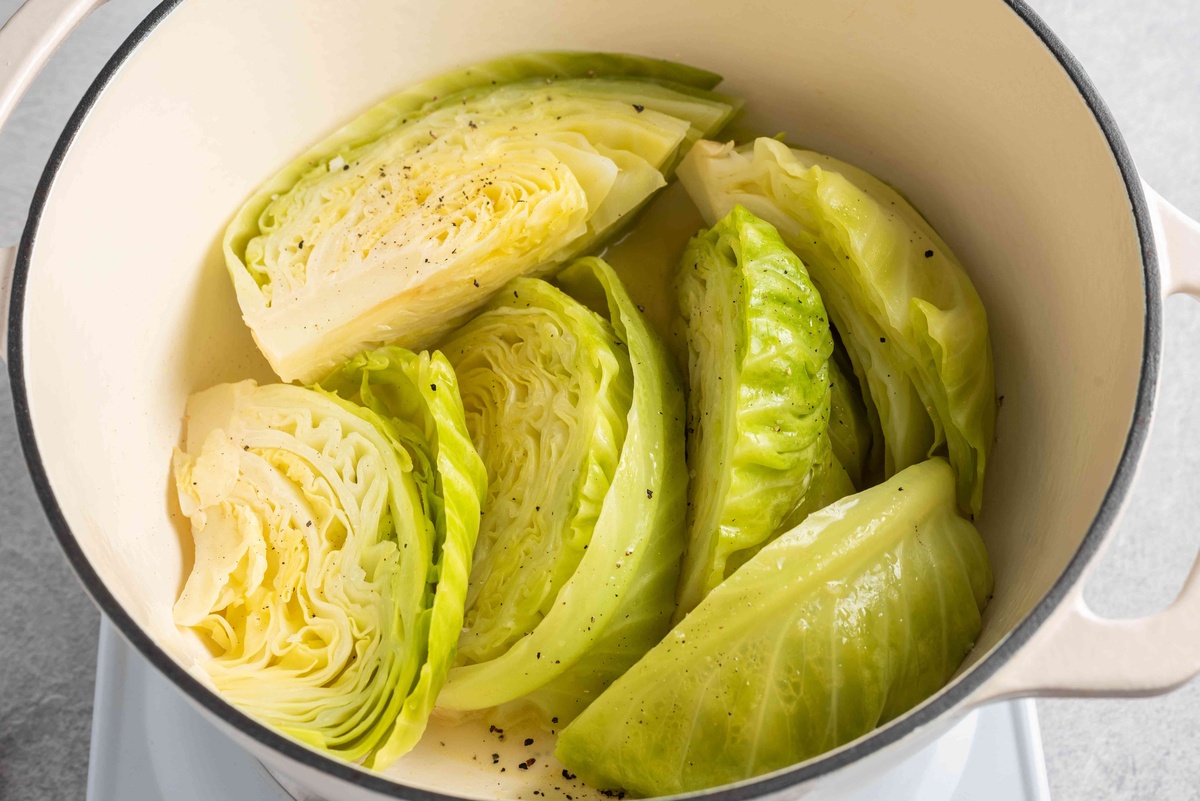
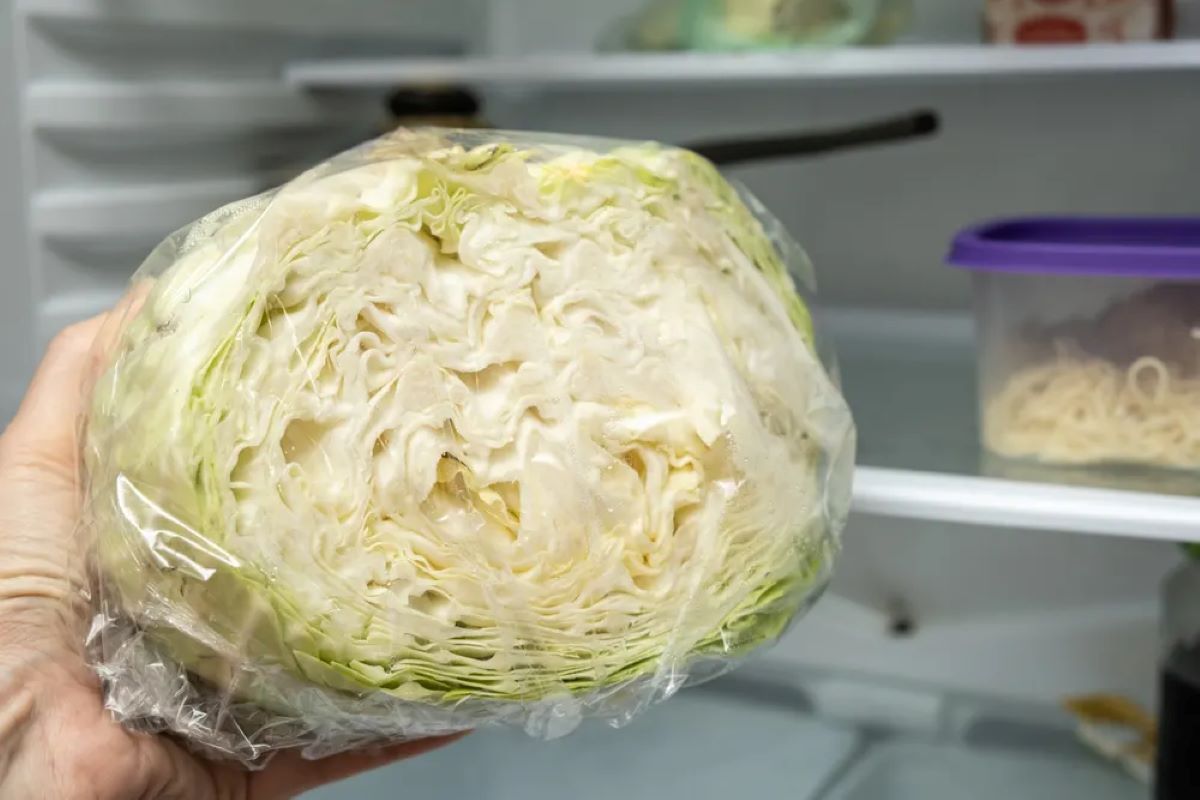
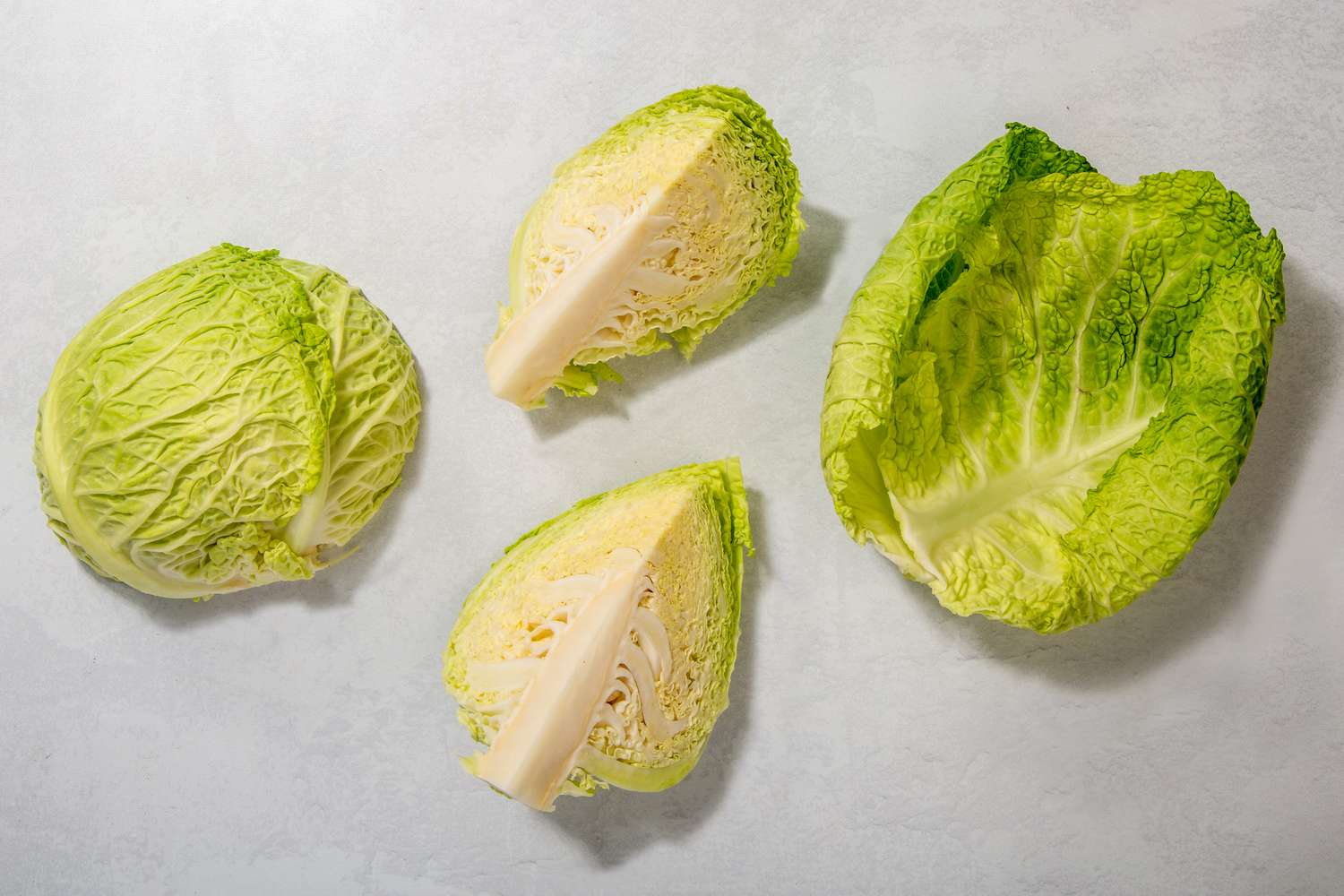
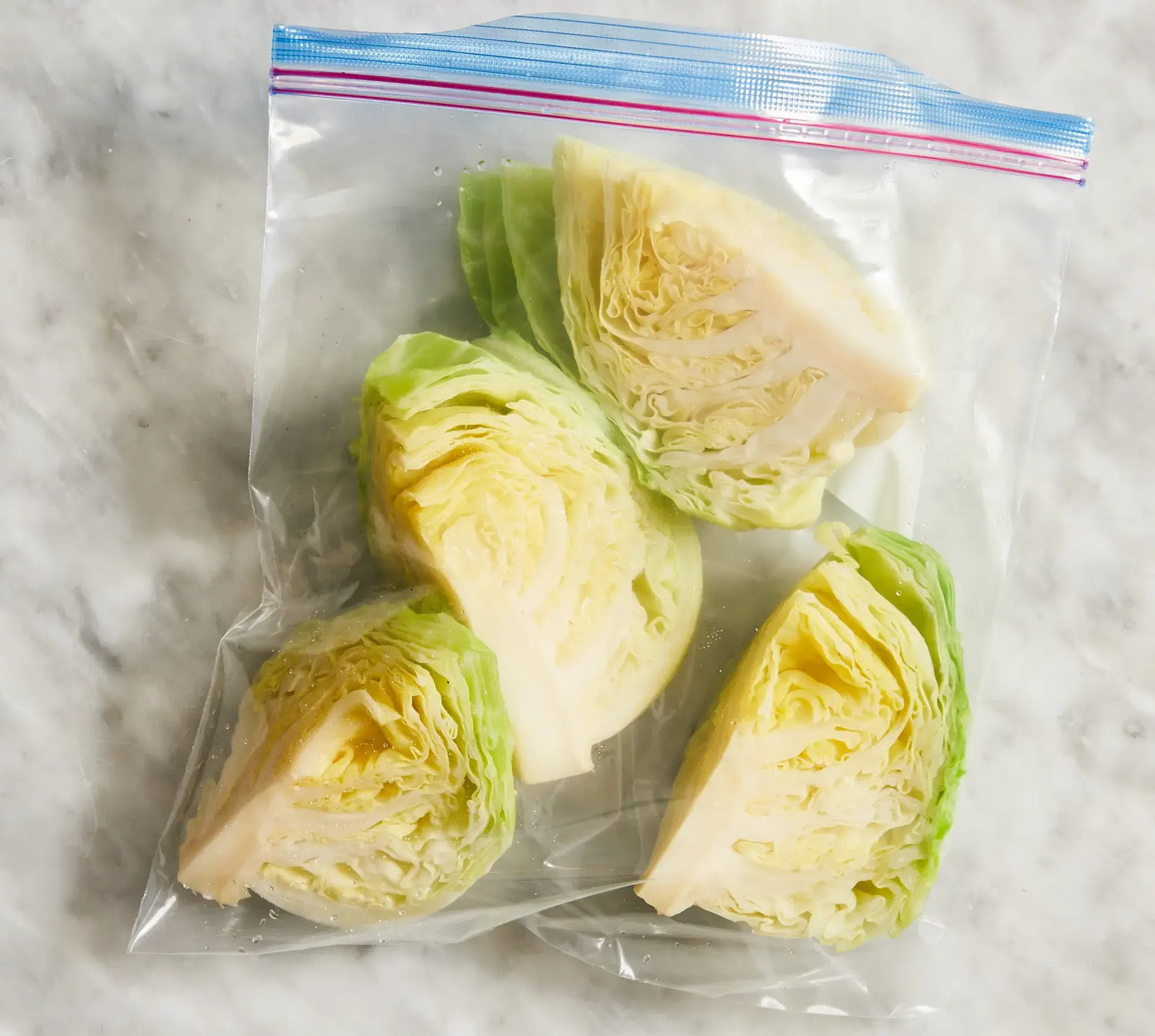
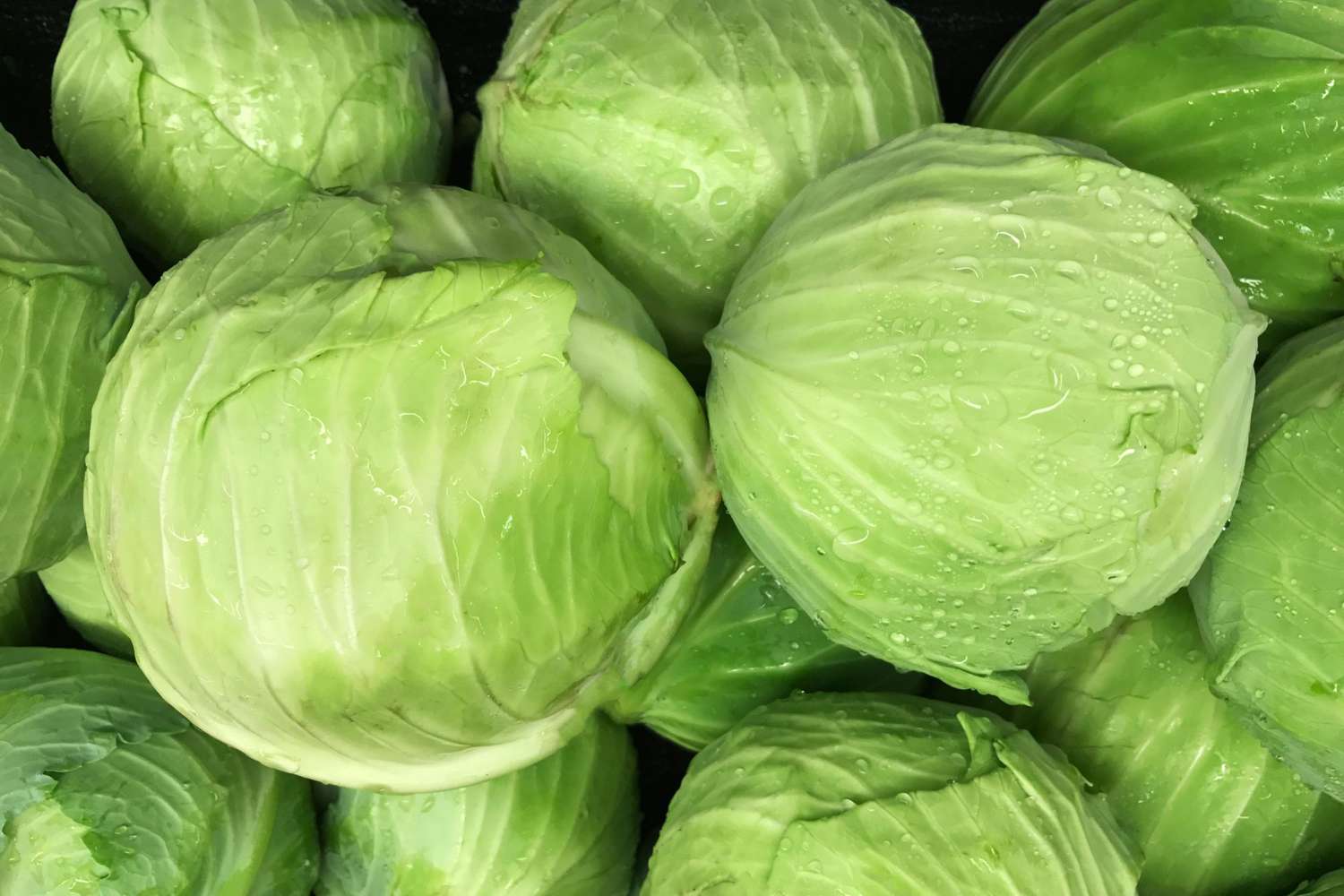
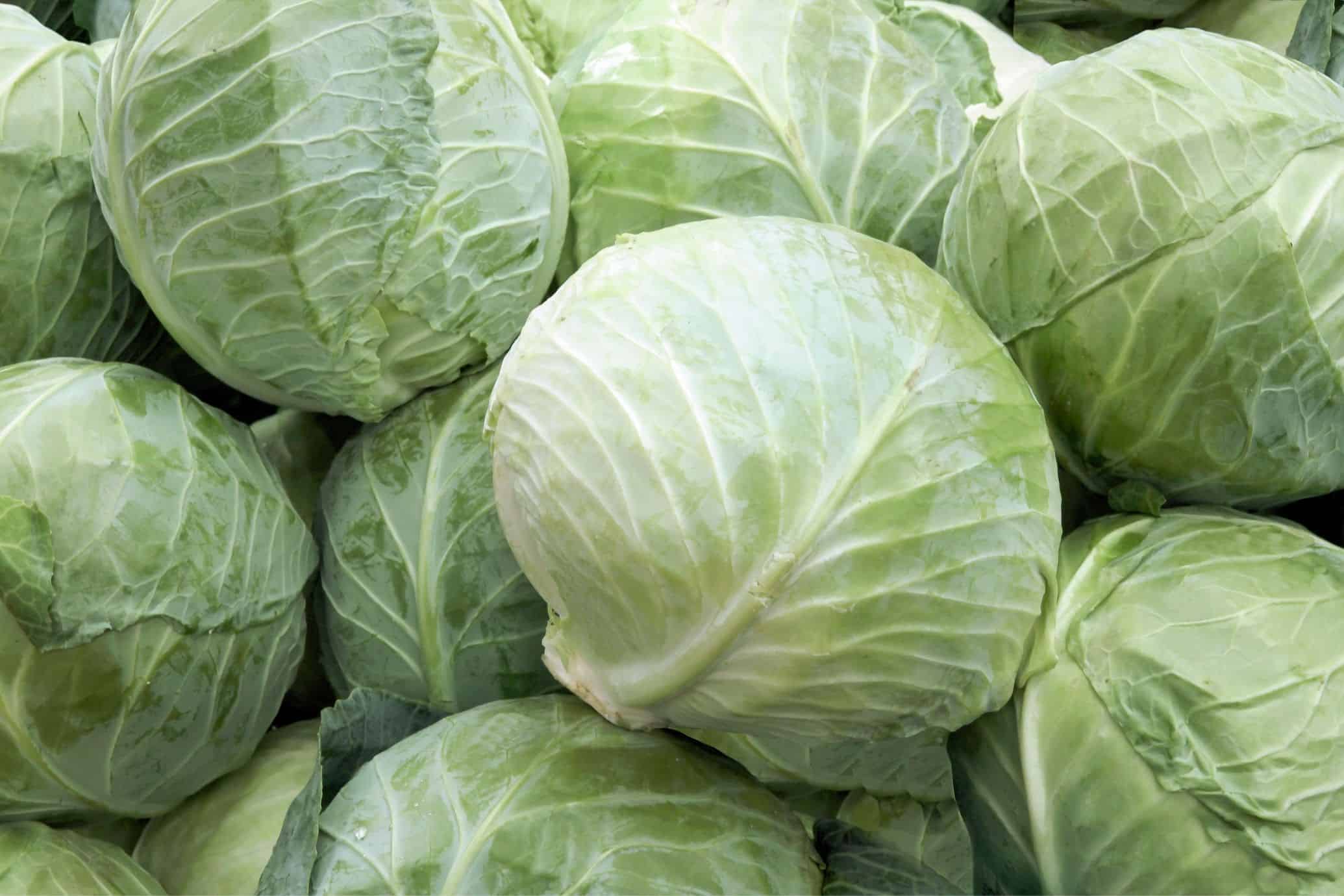
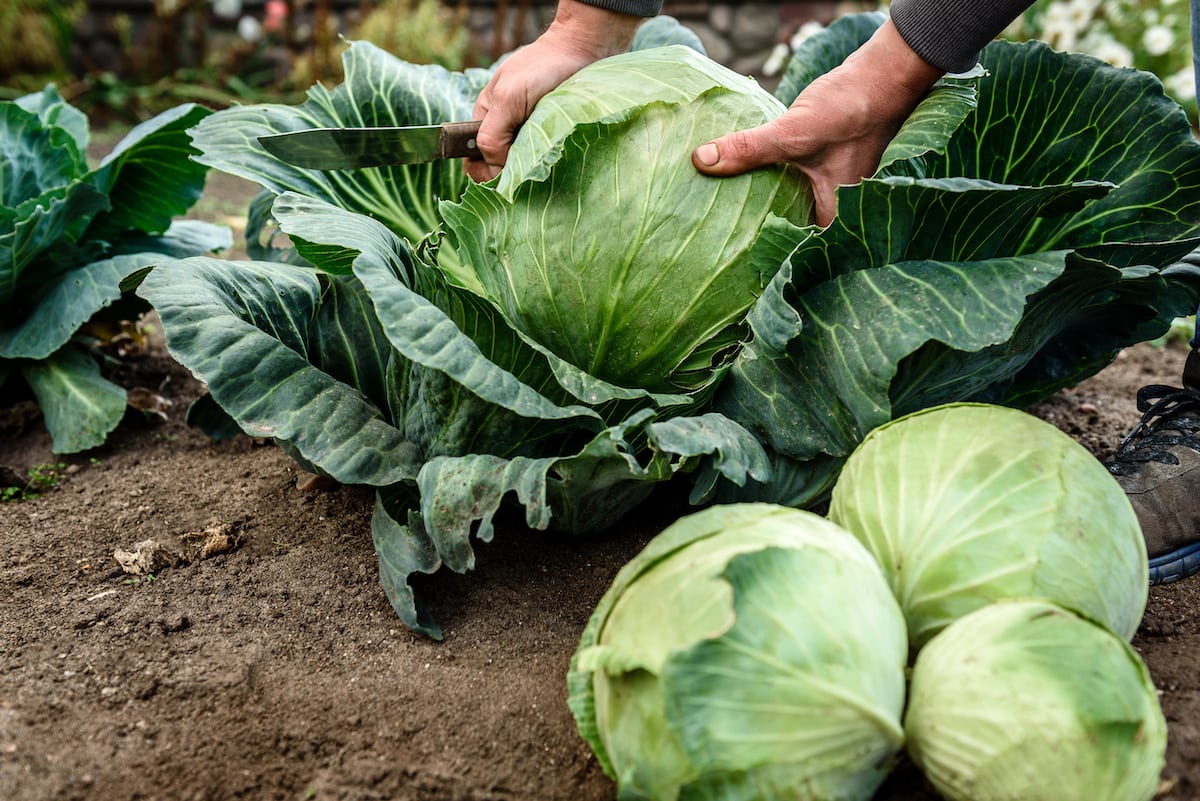
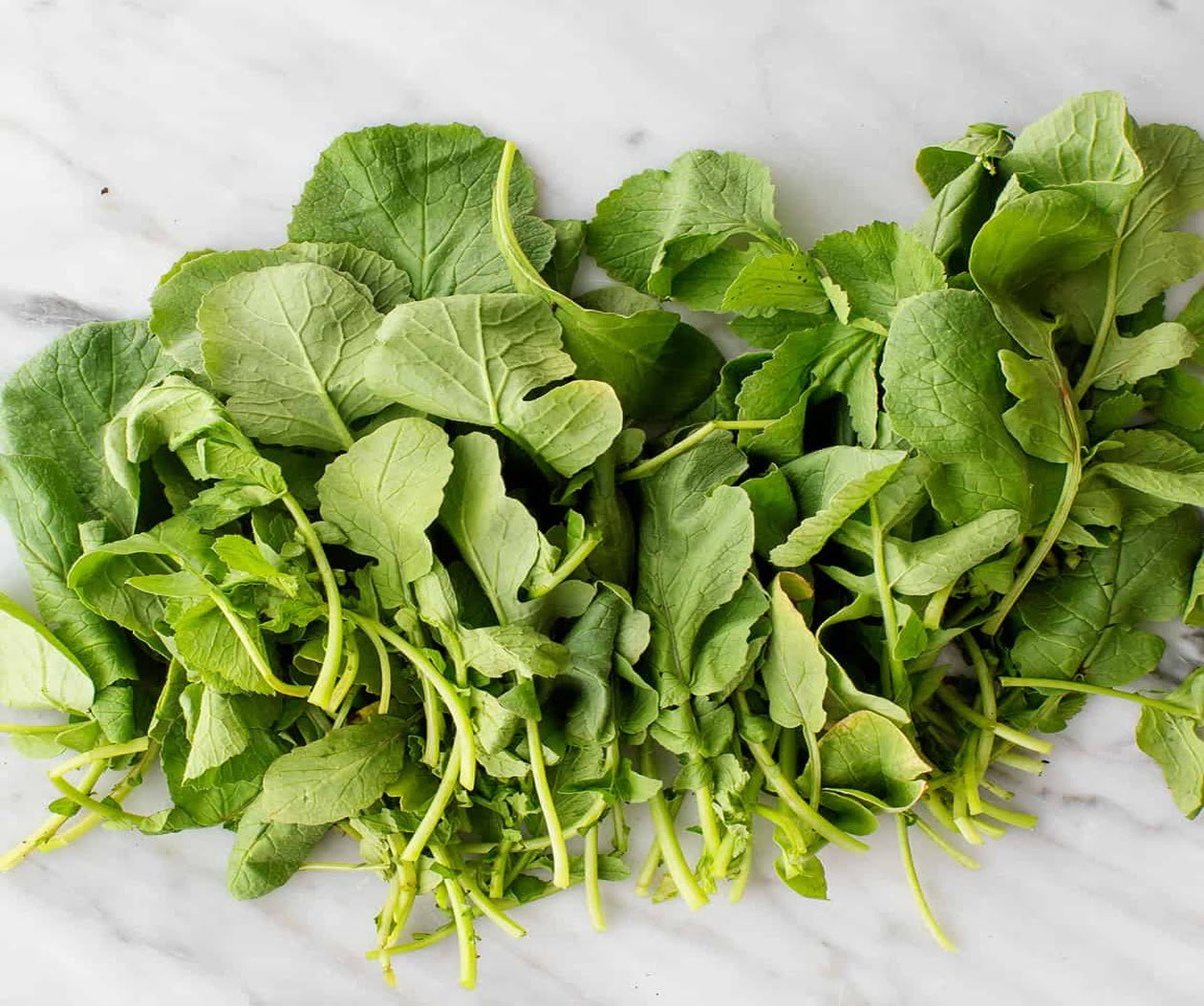
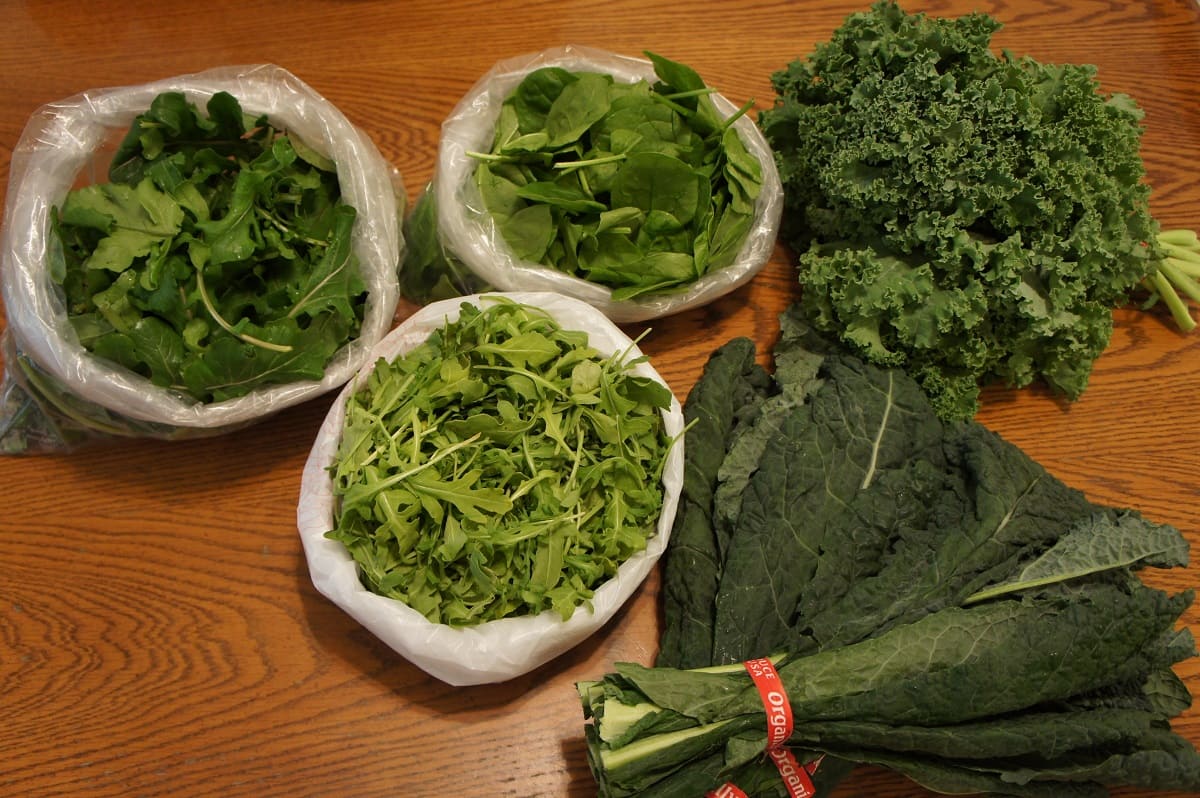

0 thoughts on “How To Store Green Cabbage”